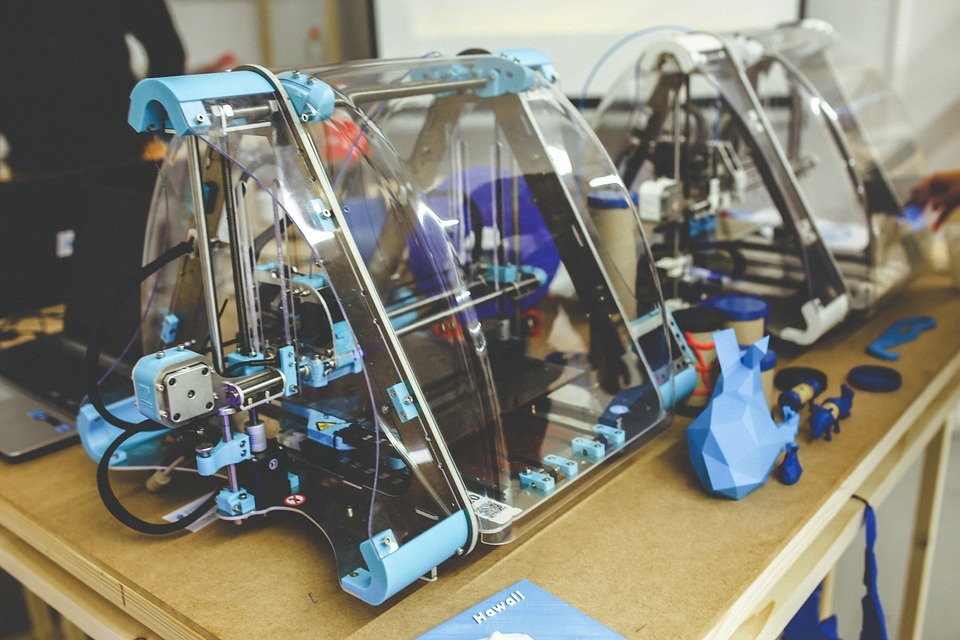3D printers are essentially used to create prototypes, models and custom products, such as affordable prosthetic limbs. Upon conception, 3D printing technology was a mere preserve of engineering teams and scientists. The initial 3D printer was made more than 30 years ago. Today, anyone can access and utilize a 3D printer at home or in school.
You can get a wealth of information on 3D printing at io3dprint.com. Before getting one of these printers, there are several things you should consider, especially when dealing with an offset printing company.
Here are the 4 things you need to know about 3D printing before you invest in a machine:
1. 3D printers come in different types
There are three major types of 3D printers: Fused Deposition Modeling (FDM) printers, stereolithographic and Selective Laser Sintering (SLS) printers. Each of these machines use slightly dissimilar technologies to achieve the same purpose. FDM printers are easily available and quite popular – they work by heating plastic which you can get from places Simply Plastics and building the model in layers. Stereolithographic printers utilize photosensitive liquid to solidify models using ultraviolet light beams, creating good quality prints. Finally, SLS printers utilize a combination of powders and laser beams to create durable impressions, allowing users to print different designs onto metal objects. Check out the Guide of 3d printers for miniatures for great ideas and options.
2. Slower 3D printers produce better quality printouts
Speed is essential when it comes to 3D printing. If you desire to have an impeccable end product, it’s important not to rush the printing process. Setting your machine to print faster will ultimately reduce the quality of the printout. This said, you shouldn’t prioritize the printing speed when purchasing your 3D printer – some manufacturers will try to lure customers by highlighting the fast speeds of their printer models (typically greater than 150mm/s). Before heading out to buy one, determine the nature and complexity of your printing projects. Slower printing is ideal for larger objects.
3. Buying Vs building a 3D printer
Apart from purchasing a 3D printer, you can also build one on your own. It’s a fun, practical DIY project that you could try out with friends. Since building is actually cheaper than purchasing a printer, some individuals prefer constructing their own bespoke 3D printers using some help from the internet. There’s also an option of buying pre-assembled printers if you’re too busy to build one from scratch. If you’re a hands-on person who loves tinkering with tech, then building a 3D printer will suit you. But if you plan to commence printing immediately, then you should probably purchase a ready-made printer.
4. Modern 3D printers have wide-ranging features
By now, you’re probably familiar with how 3D printers work: turning heated plastics and other suitable materials into precise models using light or laser beams. However, modern printers have a wider assortment of features that include:
- Inbuilt Wi-Fi controls
- Automatic Bed Levelling
- Multicolor print heads
- Heated print bed section
These extra features make 3D printers more fun and beginner-friendly. It’s a great idea to buy a 3D printer with useful controls that make it easier to accomplish your tasks. However, consider the cost of buying the printer to avoid breaking the bank.
These brief insights will help you to learn more about 3D printing before making any investment.

